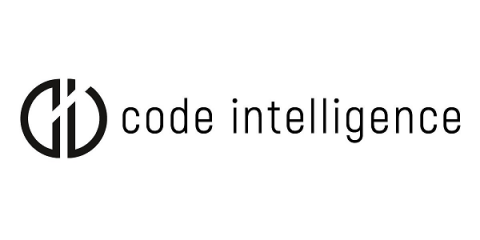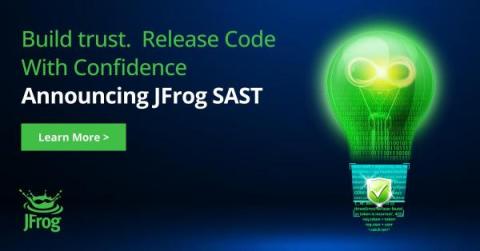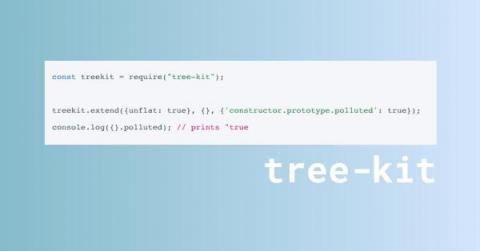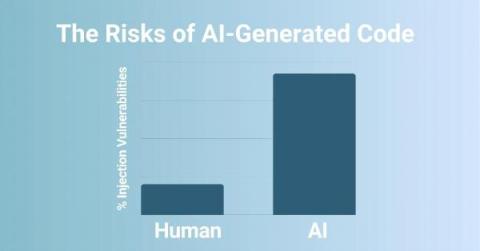Security | Threat Detection | Cyberattacks | DevSecOps | Compliance
AST
What Security Practitioners Can Learn from New SAST Vendor Analysis
Developing and maintaining secure code at scale is hard. Having the right Static Application Security Testing (SAST) solution makes it easier, but how are practitioners to choose? In the following interview, you’ll learn about three emerging trends from detailed analysis of the SAST landscape in The Forrester Wave™: Static Application Security Testing, Q3 2023.
DevSecOps Talks - Mitigating the Risks of 3rd Party Code
Code Intelligence's New LLM-Powered AI-Assistant CI Spark Accelerates Software Security Testing By 15X
Announcing JFrog SAST: Build Trust and Release Code With Confidence
Today’s software applications power almost every aspect of our lives, and ensuring the security of these applications is paramount. Threat actors can cause devastating consequences for companies, leading to financial losses, reputational damage, and legal repercussions. Companies building commercial or in-house applications must adopt robust security measures throughout their software development lifecycle to avoid releasing vulnerable code.











